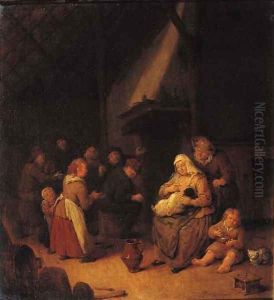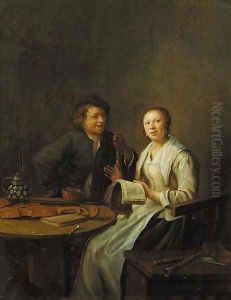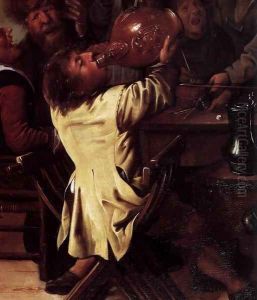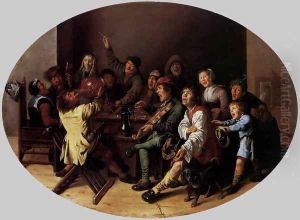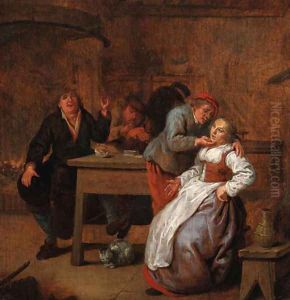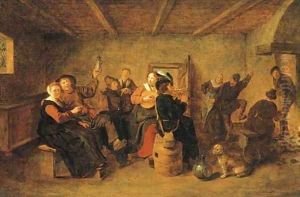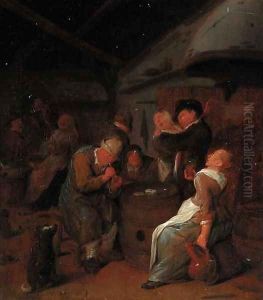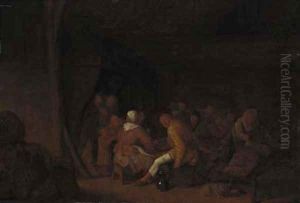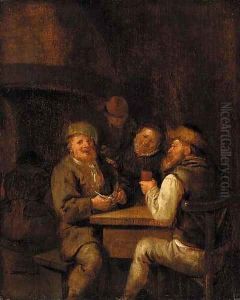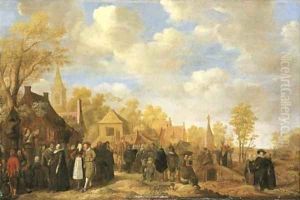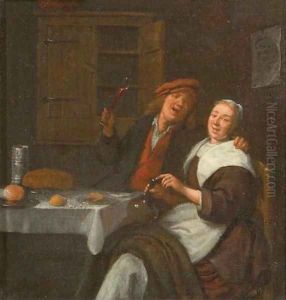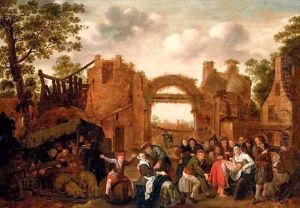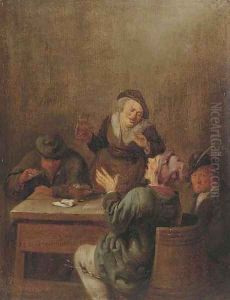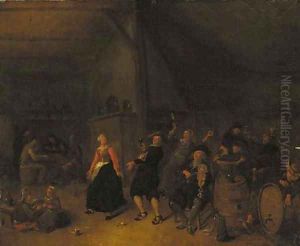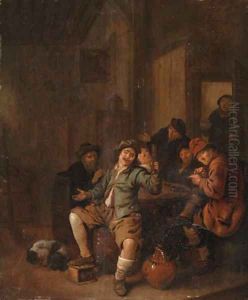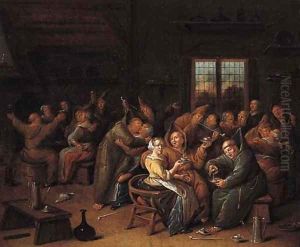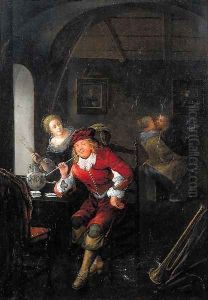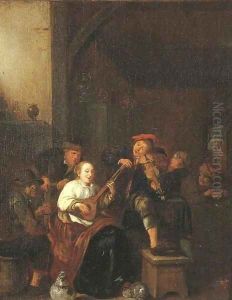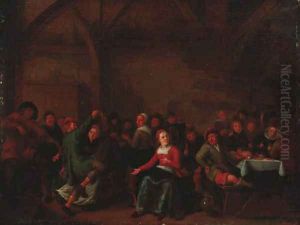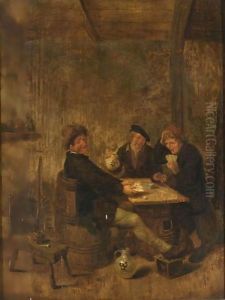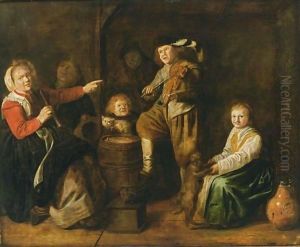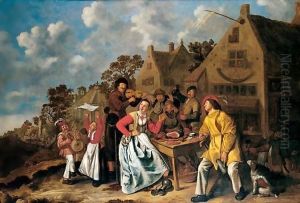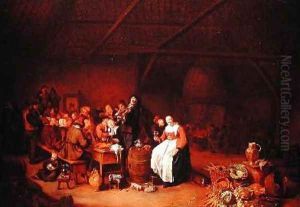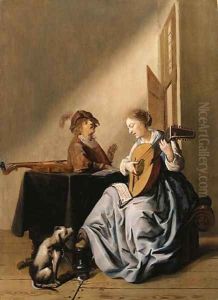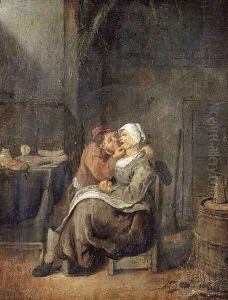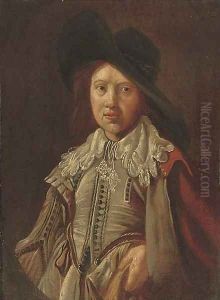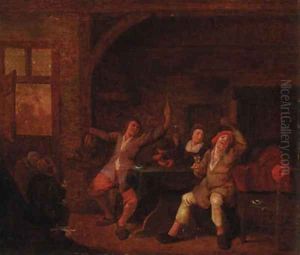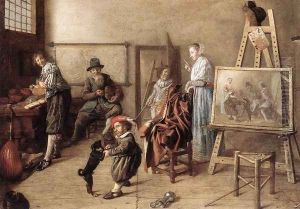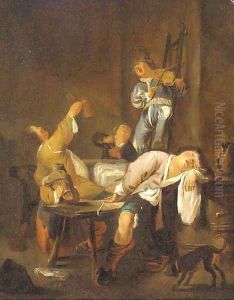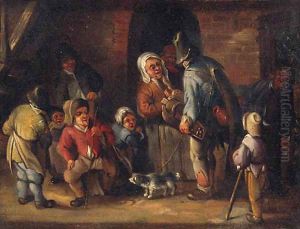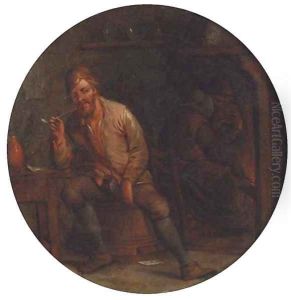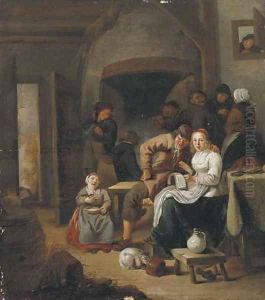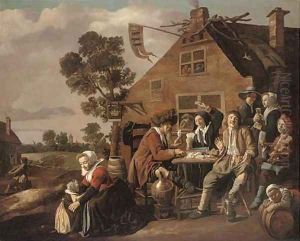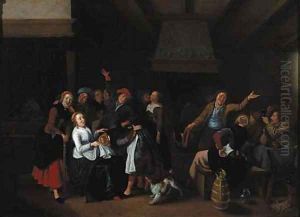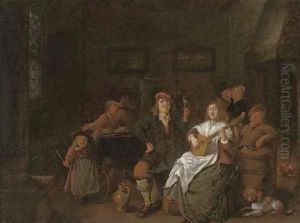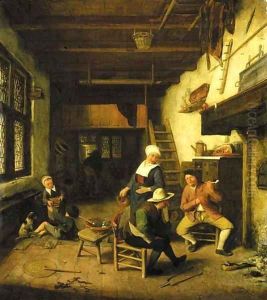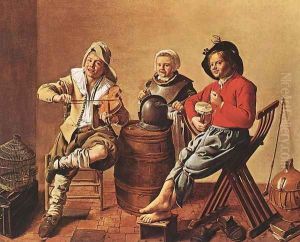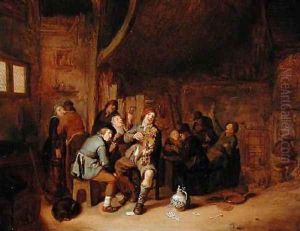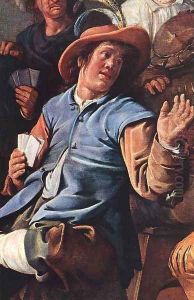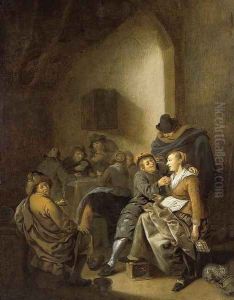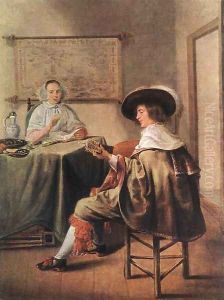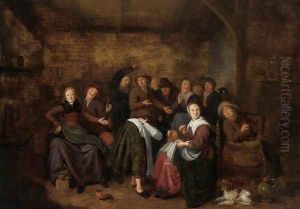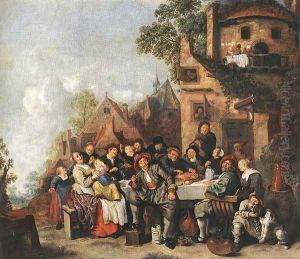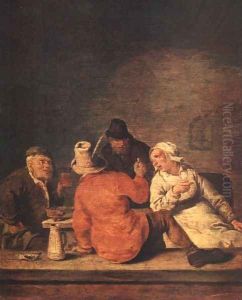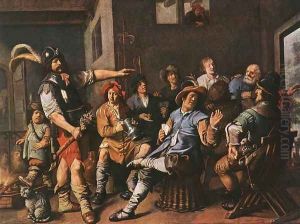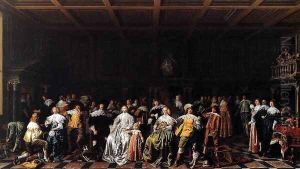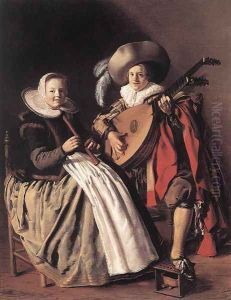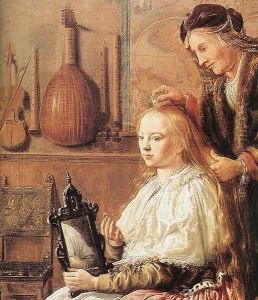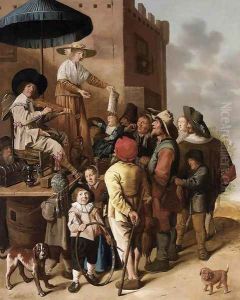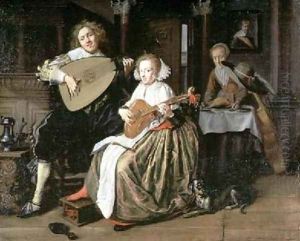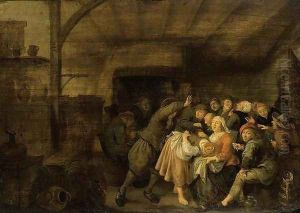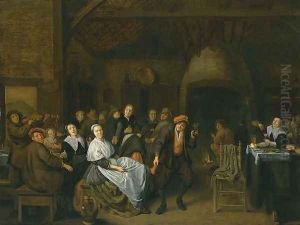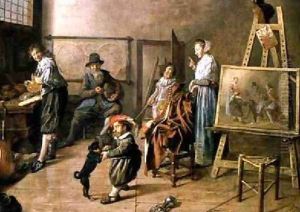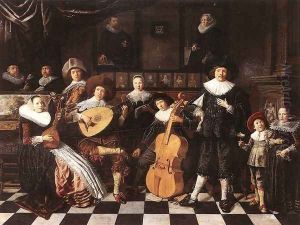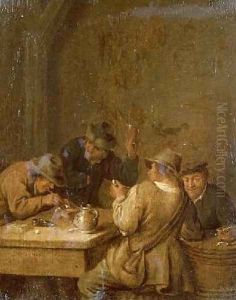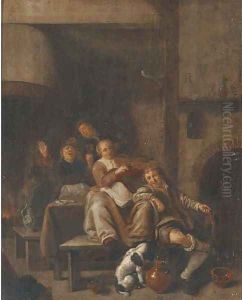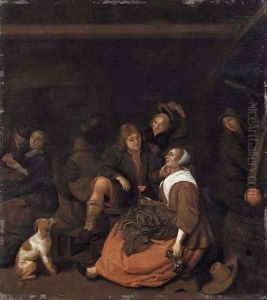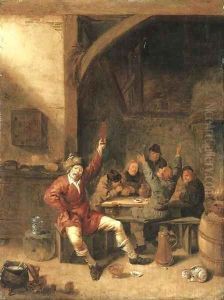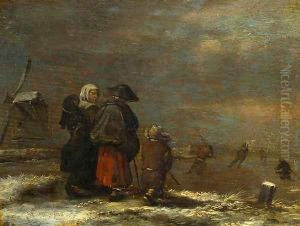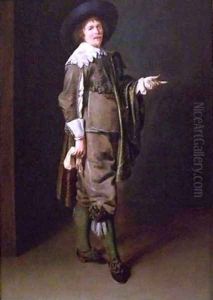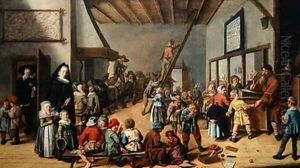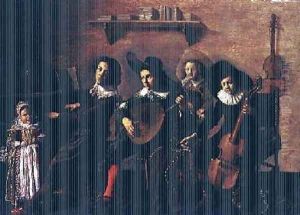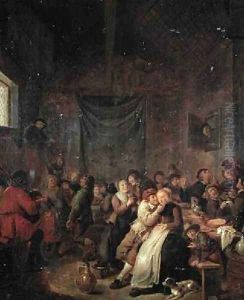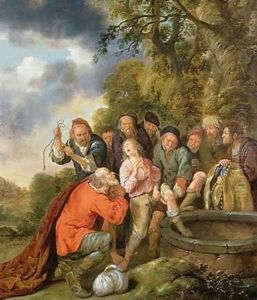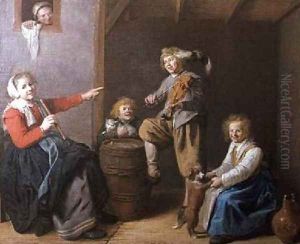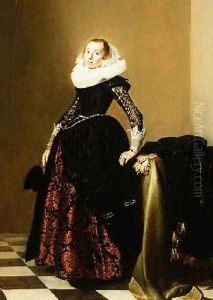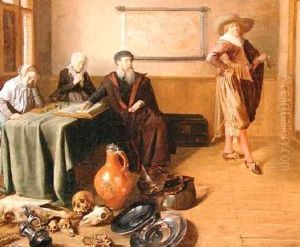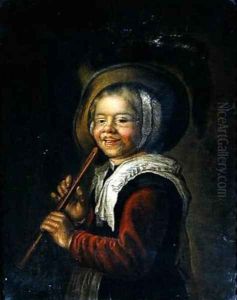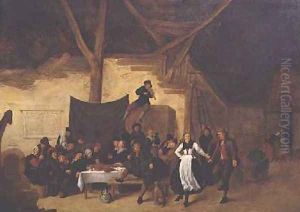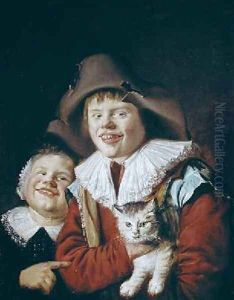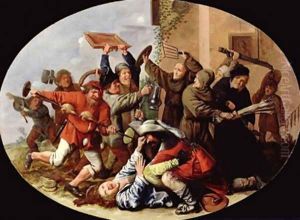Jan Miense Molenaer Paintings
Jan Miense Molenaer was a Dutch Golden Age painter whose works often depicted everyday life, genre scenes, and humorous subjects. Born around 1610 in Haarlem, Netherlands, Molenaer's exact birthdate is not documented, but his baptism was recorded on September 14, 1610. He was active during a period of great wealth and cultural achievement in the Netherlands, which is reflected in the rich details of his paintings.
Molenaer received his artistic training in Haarlem, which at the time was a prominent center for art and culture. It is speculated that he may have been a student of Frans Hals, as his early works show a strong influence from Hals's style, particularly in the use of loose brushwork and the depiction of light.
In 1636, Molenaer married fellow artist Judith Leyster, who was also a successful painter and a student of Hals. The couple had five children, and some of their descendants also became painters. Molenaer and Leyster often worked in similar genres, and it is believed that they shared a studio and may have collaborated on some works.
Molenaer's paintings are characterized by their lively and often humorous representation of figures, frequently set in taverns or domestic interiors. His works include solo portraits, group portraits, and a variety of genre scenes that feature musicians, card players, and peasants at leisure. Molenaer's genre paintings often contained moralistic or satirical messages, which was a common practice among Dutch genre painters of the time.
The artist's work was well-received during his lifetime, and he was able to achieve financial success. Molenaer's paintings were in demand, and he was commissioned by various patrons, which allowed him a comfortable lifestyle.
Jan Miense Molenaer's legacy includes a large body of work that provides insight into the social customs and cultural life of 17th-century Netherlands. His paintings can be found in many major museums around the world, and they continue to be studied for their artistic merit as well as their historical value.
Molenaer died in Haarlem in 1668, leaving behind a significant contribution to the Dutch Golden Age of painting. His works continue to be admired for their vibrant depiction of life and their skillful execution.
